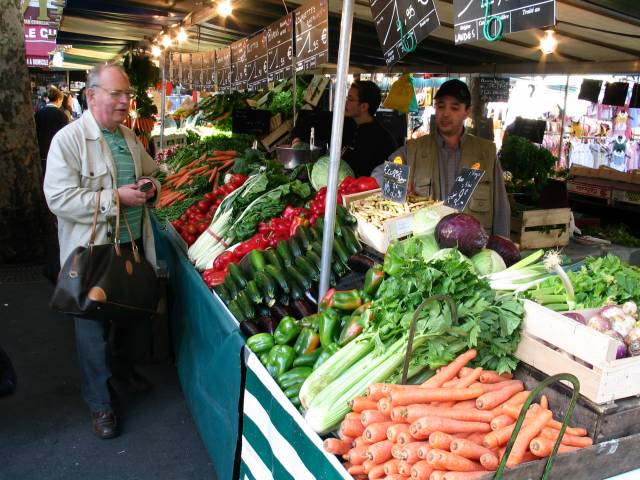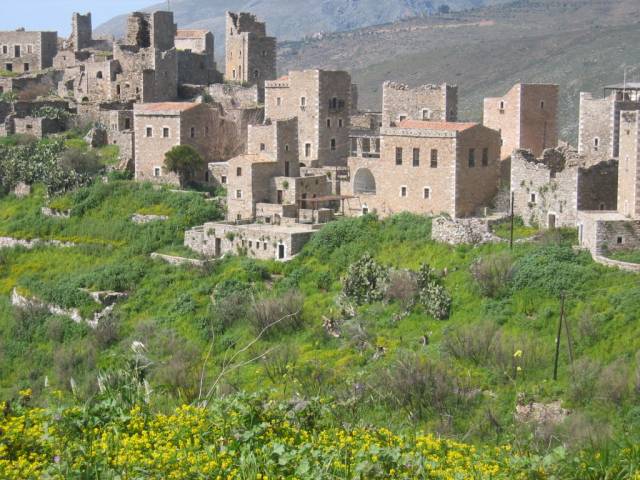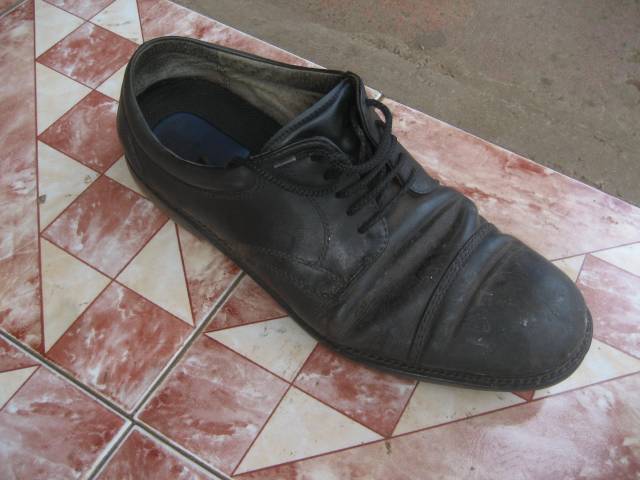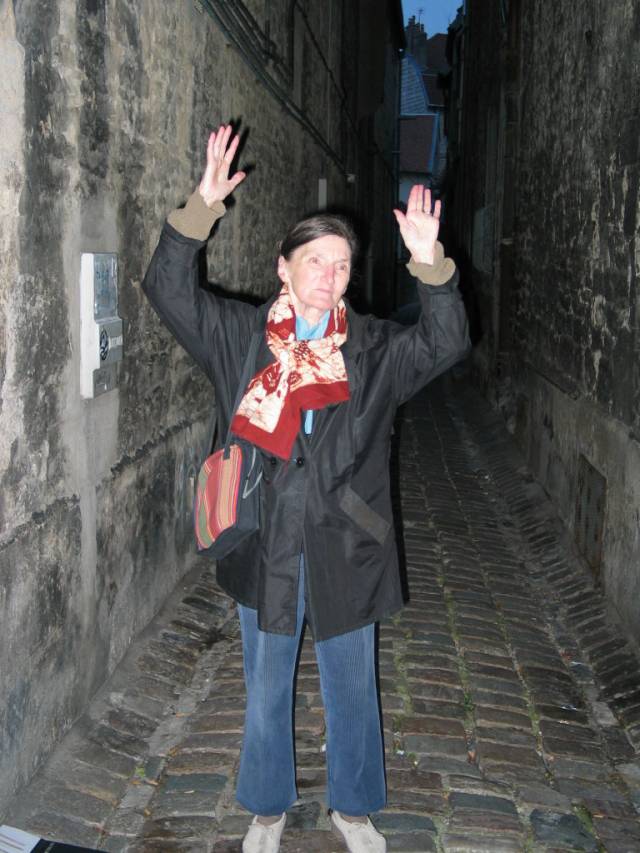Published on Viator Travel Blog on June 22, 2012
Paris has always been known as a city of romance, but the city of light is also the place for romancing your sweet tooth! The French seem dedicated to enjoying the best of everything, and food is no exception. We all need the occasional petit plaisir (small pleasure) and Parisians in particular are connoisseurs of the sweet treat. Here are seven scrumptious goodies that no visitor to Paris should miss out on:
The literal translation of pain au chocolat is chocolate bread, but this favorite Parisian breakfast treat goes way beyond that description. No one seems to know where pain au chocolat originated although it is made from the same dough as a croissant. Some think the addition of the chocolate was one of those happy accidents in some French kitchen.
This marvelous concoction of pastry and sweet chocolate is made by layering sheets of buttered dough to create flaky folds, and of course, the pièce de résistance is the skinny stick (or two) of special, slow-melting chocolate tucked in the middle! Pains aux chocolats are best eaten right out of the oven when the chocolate is warm and soft. They are available in every Parisian boulangerie so you can make it your mission to try as many as possible.
Paris is considered the dark chocolate capital of the planet and her 300 chocolate shops are sure to satisfy the most gluttonous (I prefer discerning) chocoholic. Although you would never know it from the taste, French chocolate is the least sweetened chocolate in the world. Leave it to the French to create a fabulous, less fattening chocolate!
You can browse the chocolate stores on your own or take a fun Chocolate Walking Tour. Some of the best spots for sampling Paris’s finest chocolate include:
For the best ice cream in Paris (some say in the world) head for Berthillon on Isle St Louis where you can join the almost constant queue. (Just don’t arrive on a Monday or Tuesday when the shop is closed.) The Berthillon family has been serving up their famous homemade ice cream since the 1950’s and the business is still family-owned, relying on word-of-mouth rather than expensive marketing. The ice cream is all natural and the fruity sorbets are created with real fruit. Favorite flavors include the incomparable Chocolat Noir and the Fraise des Bois (wild strawberry). Adults have been known to jump up and down after one lick of Berthillon’s creamy delights.
Other top spots for ice cream include Raimo, one of the oldest ice cream shops in Paris, and Deliziefollie for fantastico Italian-style gelato.
Who would have thought that adding salt to caramels would cause such a taste sensation? Henri Le Roux dedicated himself to developing a candy no one had ever tasted before. As a native of the region of Brittany, Henri decided to make use of the salted Breton butter that many consider the best in the world—a crunchy butter that contains large, coarse grains of salt. In the early 1970’s after three months of experimentation, the salted caramel, Caramel-Beurre-Salé, was born. The candy has been such a huge success that Henri even registered the brand name CBS®.
The best place in Paris to buy these luscious indulgences is at the candy shop A l’Etoile d’Or. Owner Denise Acabo is passionate about her products and one of the friendliest shop owners you are likely to meet anywhere. Madame Acabo is quite a character and impossible to miss—just look for the plump, older woman in pigtails wearing a school girl’s uniform!
One of the greatest temptations of Paris lies behind the display windows of the ubiquitous patisseries. More like art galleries than mere bakery shops, these pastry palaces entice you with a showcase of their most mouthwatering tarts, éclairs, and multi-layered mille-feuille. The French expression for window shopping is faire du lèche-vitrine which literally means licking the windows, and nowhere is this phrase more apropos than when you are gazing through the glass at an alluring selection of Paris’s prettiest pastries.
With hundreds of Parisian patisseries, you will never be far from your next sinful pleasure. As the famous French Chef Alain Ducasse once said, “Desserts are like mistresses. They are bad for you, so if you have one, you might as well have two.” Pastries by impresarios like Gerard Mulot and Pierre Hermé(who is actually called the ‘Picasso of Pastry’) may make you weep.
Chocolate is at its most decadent when served velvety hot. Trust me—Parisian hot chocolate is divine and light-years beyond Ovaltine! The most famous place to sip your chocolate is at Angelina, a Parisian institution. This elegant tea room with its charming Belle Époque interior has been in operation since 1903. You can even sit at the same table where Coco Chanel regularly splurged on a cup of the sweet, creamy hot chocolate called ‘L’africaine.’
Or you can try my favorite hot choco spot: the tea room above Jean Paul Hévin’s chocolate shop. The décor is somewhat austere, especially when compared with the opulent Angelina. But Jean Paul is one of Paris’s favorite chocolatiers, and eating lunch here offers the opportunity to drink delectable hot chocolate while devouring one of Jean Paul’s incredible desserts—like the Caracas, a mind-bending three layers of chocolate, biscuit, and mousse. To add to the fun, each afternoon Jean Paul dishes up a different version of his hot chocolate every hour. At noon, the daring can try a cup flavored with oysters. Or the more romantically inclined may want to hold off until 4:00 p.m. for the ‘hot chocolate aphrodisiac with ginger and spices.’
Macarons, not to be confused with macaroons, are actually delicate sandwich cookies made with two almond wafers and a sweet, creamy filling. The magic of the macaron is the juxtaposition of a thin outer crust, a moist cookie, and a satiny center. They look like tiny, brightly-colored hamburger buns, but don’t let the size fool you—these little gems are packed with flavor!
The history of this unique treat is subject to dispute, but a simple macaron cookie was probably first introduced in Italy about 1533 by a chef of Catherine de Medici. In the early 1900’s, the folks at Café Laduree created the Parisian-style macaron by doubling up on the cookies and adding the sweet filling in the center. Café Laduree remains a favorite spot to sample macarons along with more recent contender Pierre Hermé who is known for his imaginative flavors like the ‘Mogador,’ a mixture of milk chocolate and passion fruit.
1. Pain au Chocolat
 |
| Pain au Chocolat |
Pain au Chocolat. Photo credit: cowlet via Flickr.
The literal translation of pain au chocolat is chocolate bread, but this favorite Parisian breakfast treat goes way beyond that description. No one seems to know where pain au chocolat originated although it is made from the same dough as a croissant. Some think the addition of the chocolate was one of those happy accidents in some French kitchen.
This marvelous concoction of pastry and sweet chocolate is made by layering sheets of buttered dough to create flaky folds, and of course, the pièce de résistance is the skinny stick (or two) of special, slow-melting chocolate tucked in the middle! Pains aux chocolats are best eaten right out of the oven when the chocolate is warm and soft. They are available in every Parisian boulangerie so you can make it your mission to try as many as possible.
2. Dark Chocolate
 |
| Dark chocolate |
Dark chocolate. Photo courtesy of Frank Supsic and may not be used without permission.
Paris is considered the dark chocolate capital of the planet and her 300 chocolate shops are sure to satisfy the most gluttonous (I prefer discerning) chocoholic. Although you would never know it from the taste, French chocolate is the least sweetened chocolate in the world. Leave it to the French to create a fabulous, less fattening chocolate!
You can browse the chocolate stores on your own or take a fun Chocolate Walking Tour. Some of the best spots for sampling Paris’s finest chocolate include:
- Michael Cluizel who processes his own cacao beans.
- La Maison du Chocolat, an elegant establishment that feels as if you are walking into a fine jewelry store.
- Debauve & Gallais, the oldest choco-shop in Paris—Marie-Antoinette bought her wafer-thin chocolate pistoles here.
- Patrick Roger, Paris’s hottest chocolatier of the moment, who is considered a chocolate artist. For Mother’s Day, Monsieur Roget created a necklace any Mom would love—chocolate ‘pearls’ made with dark chocolate and a sprinkling of Sicilian pistachio nuts.
3. Ice Cream
 |
| Ice Cream |
Ice Cream. Photo credit: of Rinat Abdullin via Flickr.
For the best ice cream in Paris (some say in the world) head for Berthillon on Isle St Louis where you can join the almost constant queue. (Just don’t arrive on a Monday or Tuesday when the shop is closed.) The Berthillon family has been serving up their famous homemade ice cream since the 1950’s and the business is still family-owned, relying on word-of-mouth rather than expensive marketing. The ice cream is all natural and the fruity sorbets are created with real fruit. Favorite flavors include the incomparable Chocolat Noir and the Fraise des Bois (wild strawberry). Adults have been known to jump up and down after one lick of Berthillon’s creamy delights.
Other top spots for ice cream include Raimo, one of the oldest ice cream shops in Paris, and Deliziefollie for fantastico Italian-style gelato.
4. Salted Caramels
 |
| Salted Caramels |
Salted Caramel in chocolate. Photo credit: rvacapinta via Flickr.
Who would have thought that adding salt to caramels would cause such a taste sensation? Henri Le Roux dedicated himself to developing a candy no one had ever tasted before. As a native of the region of Brittany, Henri decided to make use of the salted Breton butter that many consider the best in the world—a crunchy butter that contains large, coarse grains of salt. In the early 1970’s after three months of experimentation, the salted caramel, Caramel-Beurre-Salé, was born. The candy has been such a huge success that Henri even registered the brand name CBS®.
The best place in Paris to buy these luscious indulgences is at the candy shop A l’Etoile d’Or. Owner Denise Acabo is passionate about her products and one of the friendliest shop owners you are likely to meet anywhere. Madame Acabo is quite a character and impossible to miss—just look for the plump, older woman in pigtails wearing a school girl’s uniform!
5. Patisserie
 |
| Patisserie |
Patisserie. Photo courtesy of Frank Supsic and may not be used without permission.
One of the greatest temptations of Paris lies behind the display windows of the ubiquitous patisseries. More like art galleries than mere bakery shops, these pastry palaces entice you with a showcase of their most mouthwatering tarts, éclairs, and multi-layered mille-feuille. The French expression for window shopping is faire du lèche-vitrine which literally means licking the windows, and nowhere is this phrase more apropos than when you are gazing through the glass at an alluring selection of Paris’s prettiest pastries.
With hundreds of Parisian patisseries, you will never be far from your next sinful pleasure. As the famous French Chef Alain Ducasse once said, “Desserts are like mistresses. They are bad for you, so if you have one, you might as well have two.” Pastries by impresarios like Gerard Mulot and Pierre Hermé(who is actually called the ‘Picasso of Pastry’) may make you weep.
6. Hot Chocolate
 |
| Hot chocolate |
Hot chocolate. Photo courtesy of renee_mcgurk via Flickr.
Chocolate is at its most decadent when served velvety hot. Trust me—Parisian hot chocolate is divine and light-years beyond Ovaltine! The most famous place to sip your chocolate is at Angelina, a Parisian institution. This elegant tea room with its charming Belle Époque interior has been in operation since 1903. You can even sit at the same table where Coco Chanel regularly splurged on a cup of the sweet, creamy hot chocolate called ‘L’africaine.’
Or you can try my favorite hot choco spot: the tea room above Jean Paul Hévin’s chocolate shop. The décor is somewhat austere, especially when compared with the opulent Angelina. But Jean Paul is one of Paris’s favorite chocolatiers, and eating lunch here offers the opportunity to drink delectable hot chocolate while devouring one of Jean Paul’s incredible desserts—like the Caracas, a mind-bending three layers of chocolate, biscuit, and mousse. To add to the fun, each afternoon Jean Paul dishes up a different version of his hot chocolate every hour. At noon, the daring can try a cup flavored with oysters. Or the more romantically inclined may want to hold off until 4:00 p.m. for the ‘hot chocolate aphrodisiac with ginger and spices.’
7. Macarons
 |
| Macarons |
Macarons. Photo courtesy of Frank Supsic and may not be used without permission.
Macarons, not to be confused with macaroons, are actually delicate sandwich cookies made with two almond wafers and a sweet, creamy filling. The magic of the macaron is the juxtaposition of a thin outer crust, a moist cookie, and a satiny center. They look like tiny, brightly-colored hamburger buns, but don’t let the size fool you—these little gems are packed with flavor!
The history of this unique treat is subject to dispute, but a simple macaron cookie was probably first introduced in Italy about 1533 by a chef of Catherine de Medici. In the early 1900’s, the folks at Café Laduree created the Parisian-style macaron by doubling up on the cookies and adding the sweet filling in the center. Café Laduree remains a favorite spot to sample macarons along with more recent contender Pierre Hermé who is known for his imaginative flavors like the ‘Mogador,’ a mixture of milk chocolate and passion fruit.
- Anne Supsic













